Stainless steel corrosion
Corrosion
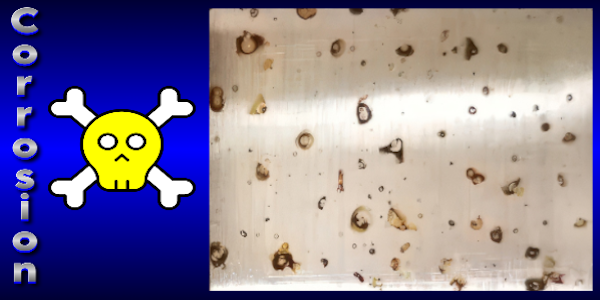
Corrosion of stainless metal alloys - is the process of their destruction due to chemical or electrochemical interaction with the external environment. Corrosion of stainless steels in certain environments can occur uniformly or in the form of pitting corrosion, crevice corrosion, integral corrosion or stress corrosion cracking.
Stainless steel is naturally resistant to corrosion, but it is not rust-proof. Although it is less susceptible to rust than regular steel, exposure to harmful chemicals, brine, grease, moisture, or heat over a long period of time can cause corrosion. The likelihood of corrosion depends on the chromium content of the stainless steel, with higher chromium content reducing the risk of rust.
5 myths about stainless steel
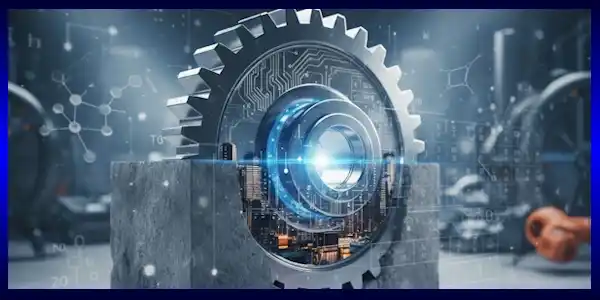
Decided to use stainless steel but heard conflicting opinions? This is not surprising. There are many myths surrounding this material that can be misleading. Let's debunk five of
...Atmospheric corrosion of stainless steel
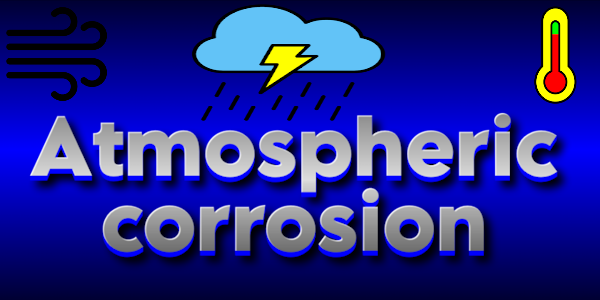
Atmospheric corrosion of stainless steel is the process of destruction of stainless metal due to its interaction with air, water and other substances in the ground atmosphere. A
...Bimetallic - Galvanic - Contact corrosion of stainless steel
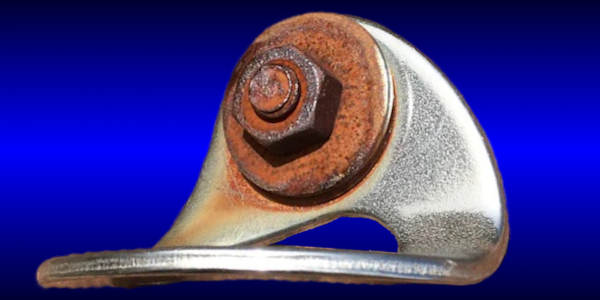
Bimetallic - galvanic - contact corrosion can occur when two dissimilar metals are in "electrical" contact and are connected by a conductive liquid. The resulting "cell" can lead
...Chemical compatibility and resistance of stainless steel
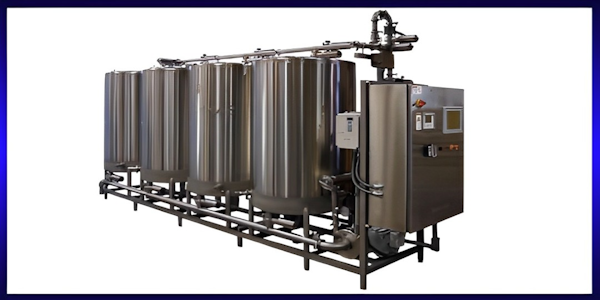
The chemical compatibility and resistance of stainless steel depends on the specific type, grade of steel and the environment with which it comes into contact. There are many different
...Compatibility of stainless steel with other metals | Galvanic couple
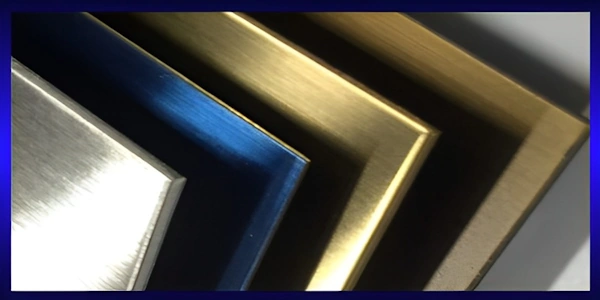
The compatibility of stainless steel with other metals depends on the specific type/grade of stainless steel and the metal it comes into contact with. Stainless steel is compatible with
...Corrosion of stainless steel from stray and leakage currents | Electrocorrosion
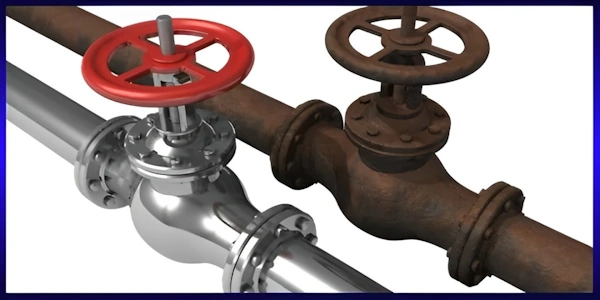
Stray current corrosion of stainless steel (electrocorrosion) is a type of corrosion that occurs in the presence of stray current. Stray current is current that flows in paths other
...Corten steel

Corten steel (COR-TEN steel, corten steel, corten, Corten Steel) - this is weather-resistant steel (under certain conditions) or "rusty" steel, which belongs to the
...Fretting corrosion of stainless steel
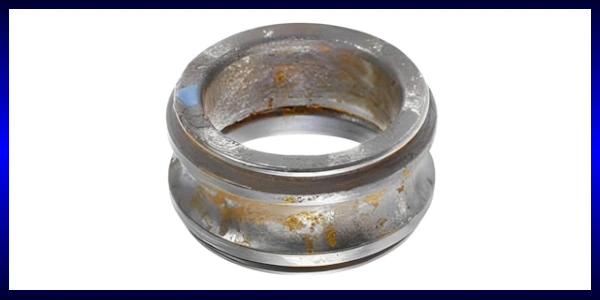
Fretting corrosion of stainless steel is corrosion that occurs during cyclic mutual movement of two contacting surfaces and the action of a corrosive environment. It occurs due to
...Intergranular corrosion of stainless steel

Intergranular corrosion of stainless steel, unlike many other forms of stainless steel corrosion, occurs at the microscopic level, affecting the structure of the metal. Signs of
...Maximum temperature for some heat-resistant stainless steel grades for use in air
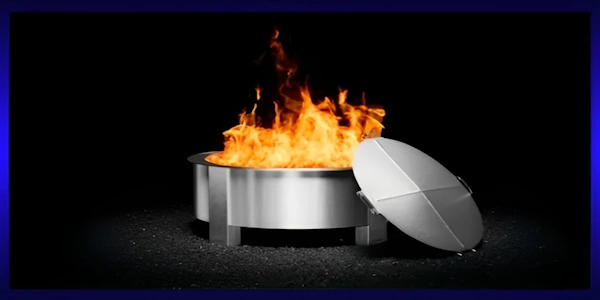
The maximum temperature of stainless steel in air depends on the type of stainless steel and the operating conditions. In general, stainless steels can be used in air at temperatures up
...Microbiological (biological, corrosion, microbial) corrosion of stainless steel
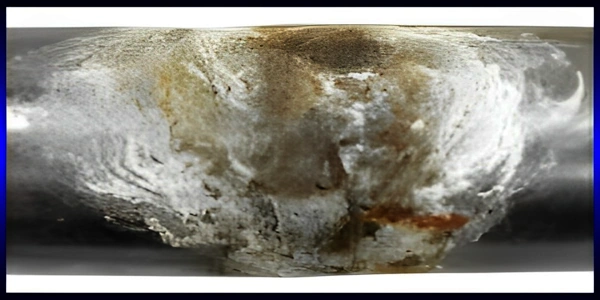
Biological corrosion of stainless steel is a process during which stainless metals are destroyed by living organisms such as algae, bacteria, fungi and larger living creatures.
...Why does a stainless steel sidewalk, parking / anti-parking bollard rust
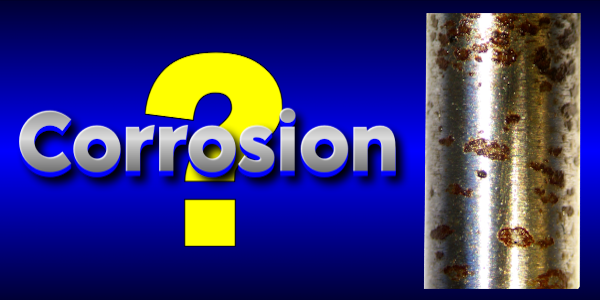
Parking / anti-parking or sidewalk bollard (street bollard) made of stainless steel is a metal product made of stainless metal, related to the type of parking equipment. Purpose:
...Why Does Stainless Steel Rust
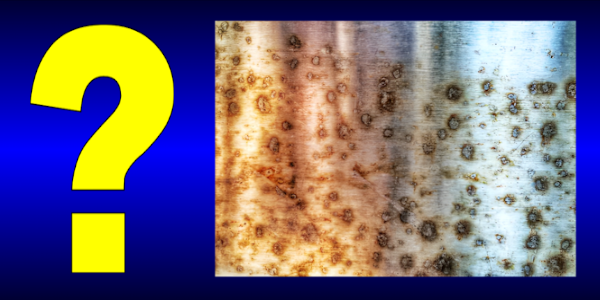
The appearance of rust on stainless steel products baffles many people. If this material is called "stainless steel", then why can stainless steel oxidize, darken, blacken and
...